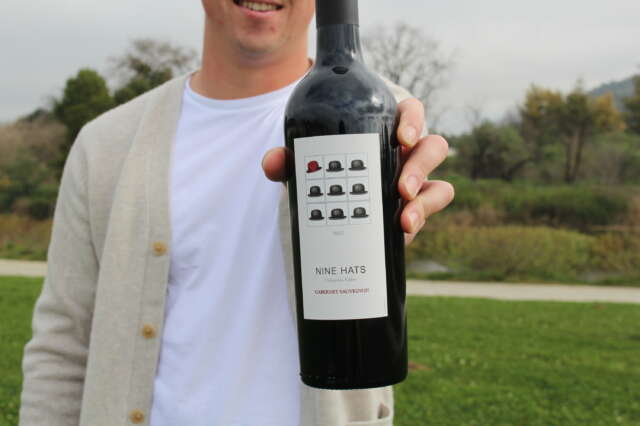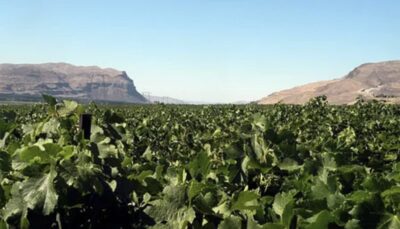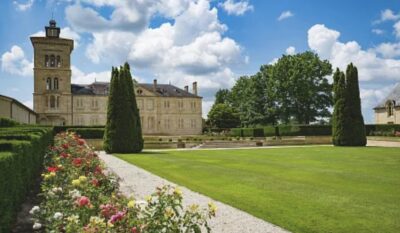Why Washington Wines? Part 1: Cabernet Sauvignon
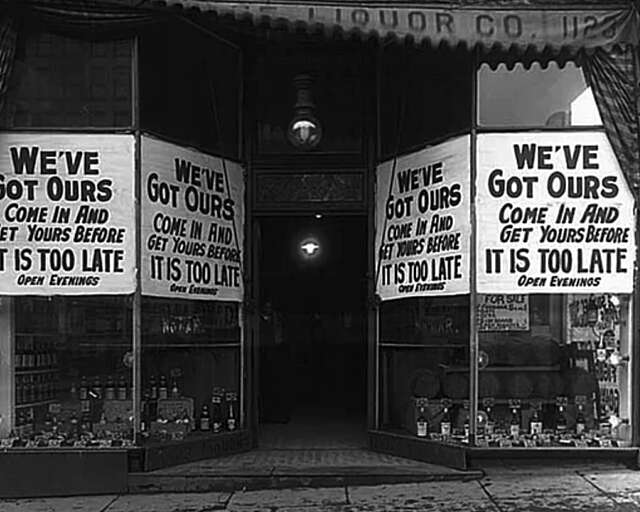
Move over Napa Valley, make room for Washington! Did you know that Washington’s first grapes were planted in 1825 by the Hudson’s Bay Company, a trading company in Ft. Vancouver? Yet, the first grapes weren’t planted in Napa until 1839. For a solid 14 years, Washington was leading the charge. In 1874, 50 years after that first vine was planted, the first Washington winery was established in East Wenatchee but Napa Valley had already established a 13-year lead with Charles Krug, and since then we’ve been playing catch up. Prohibition affected all wine production in both California and Washington. Even when Prohibition was lifted in 1933, it took about 30 years for winemaking in Washington to see a rebirth. We credit Washington pioneers like Walla Walla’sLeonetti Cellar and Woodinville’sChateau Ste. Michelle for leading the charge in the 60s and 70s, and we were off. Washington established its first American Viticultural Area (AVA) in 1983, not far behind the creation of the Napa Valley AVA. Since then, an additional 13 AVAs have been established and a new winery opens in the state of Washington every 30 days. Washington continues to prove itself as a top-producing wine region of the USA and of the world!
A Little About the Home Team
So, what makes Washington different from other winegrowing regions in the world? You’re about to find out! We’ve put together a series of blogs that will tackle all the questions you could possibly have about Washington wine, such as how a varietal grown in Washington differs from when it’s grown in its home region. Let’s get this party started with the king of grapes, Cabernet Sauvignon!
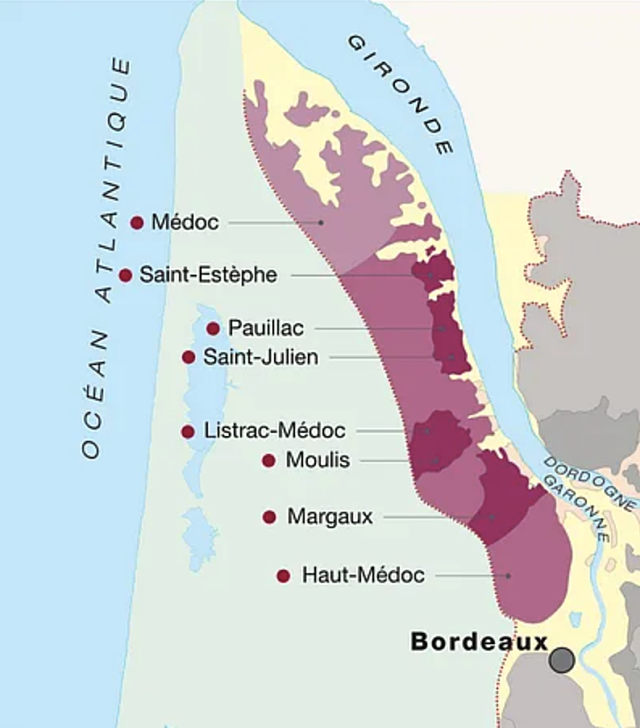
We’re calling Cabernet’s home the Bordeaux region of France. Bordeaux is broken up into many subregions (Medox, Saint-Estephe, Pauillac, Saint-Julien and Margaux). Within each of these subregions, you’ll find the particular wineries or Chateaux. Cabernet hails from Médoc, which is on the left side of the Gironde River, so it’s lovingly referred to as the Left Bank.
Wahluke Slope vs. Bordeaux
First, the similarities! Our 2017 Cabernet Sauvignon comes from Wahluke Slope, which is situated on similar latitudinal lines to Bordeaux. What does that mean? Both locations share hot, dry summers and cold, wet winters. They have some soil similarities – primarily a mix of gravel and sand soil. They are both situated near rivers (Wahluke Slope to the Columbia River and Bordeaux to the Dordogne and Garonne Rivers) which provide ample access to water.
Now, the differences! Bordeaux soil is famous for its limestone composition, something Wahluke Slope does not have. While Bordeaux may have the upper hand in limestone, Wahluke Slope has more pristine and reliable growing conditions. Bordeaux can have heavy rain, unlike Wahluke Slope which sees only eight inches of rainfall annually. Additionally, the diurnal swing in Bordeaux is small, while in Wahluke Slope it can be upwards of 40 degrees.
Lastly, Washington remains free of phylloxera, meaning the majority of the fruit is grown on original rootstock instead of grafted onto resistant rootstock as done in Bordeaux.This is incredible considering the prolific spread and devastating effects the disease can have on vineyards.
In the Glass
Most importantly, how do they taste? Traditional Cabernet-based wines from Bordeaux tend to show dark fruit and baking spice on the palate. They’re usually powerful, tannic, and age extremely well.
The Nine Hats Cabernet Sauvignon is richly structured with vibrant aromatics of black cherry, espresso beans, and bittersweet chocolate. Its complex and expressive flavors of black and red berries are complemented by notes of savory spice, while its luscious mouthfeel persists across a lengthy finish.
Still not sure? We brought in the professionals! We asked winemaker Gilles Nicault to compare a traditional Bordeaux wine of his choosing (he choose the Château Lagrange) with our 2017 Nine Hats Cabernet and this is what he had to say:
When tasting the 2017 Nine Hats Cabernet Sauvignon, nuances of the Médoc come to mind, particularly Château Lagrange from the St. Julien appellation that I enjoy very much. They each have similar aromatics of led pencil, graphite, earth notes with some dark notes of cherry and spice well integrated to the overall wine and a silky texture.
This being said, in the Nine Hats Cabernet, we have added a splash of Syrah and 17% Merlot to the 78% Cabernet Sauvignon which totally lift up the wine, fill up the mid-palate and create a multi-layered complexity known to the Columbia Valley wines.
